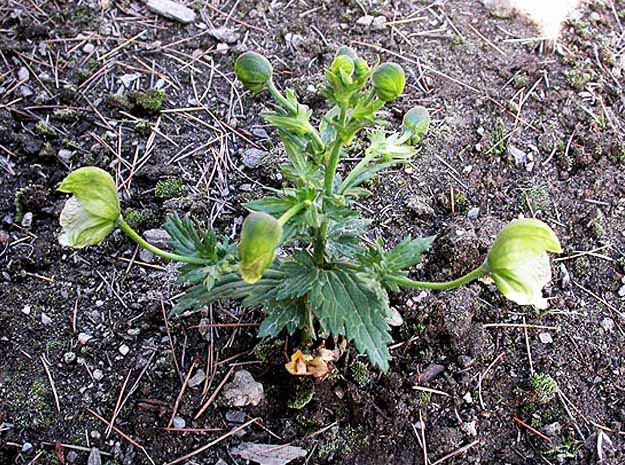
Athividayam അതിവിടയം
Genus: Aconitum
Botanical name: Aconitum heterophyllum
PLANT NAME IN DIFFERENT LANGUAGES
Sanskrit: amrita, aruna, ataicha, atisaraghni, ativisa
Hindi: arand, ateicha, atis, atvika
English: Indian Atees, Aconite
Malayalam: Ativitayam, Atividayam
MEDICINAL PROPERTIES
Ativitayam is a perennial herb, 1-4 ft tall, distinguished by its rather large greenish-purple, prominently darker-veined flowers, and its coarsely toothed but otherwise entire leaves. Flowers are 2.5-3 cm across, usually in lax, spike-like clusters with very variable bracts which are either small linear, small ovate, or large ovate and enclosing the lower part of the flower and fruit. They are hooded, rounded, broader than long. Leaves are ovate-heart-shaped to rounded, 4-8 cm, the upper ones stem-clasping, all with large rounded teeth. Lowest leaves are deeply lobed and long-stalked. At higher altitudes, sometimes plants are smaller in size. Seed pods are 1.6-1.8 cm, shortly hairy, erect. Indian Atees is found in the Himalayas, from Pakistan to C. Nepal, at altitudes of 2400-400m.
The root of Ativitayam “cold in the head”, fever, analgesic, anti-inflammatory, antipyretic, anti-periodic, aphrodisiac and asthma due to exposure. This is a very poisonous plant and should only be used with extreme caution and under the supervision of a qualified practitioner.
